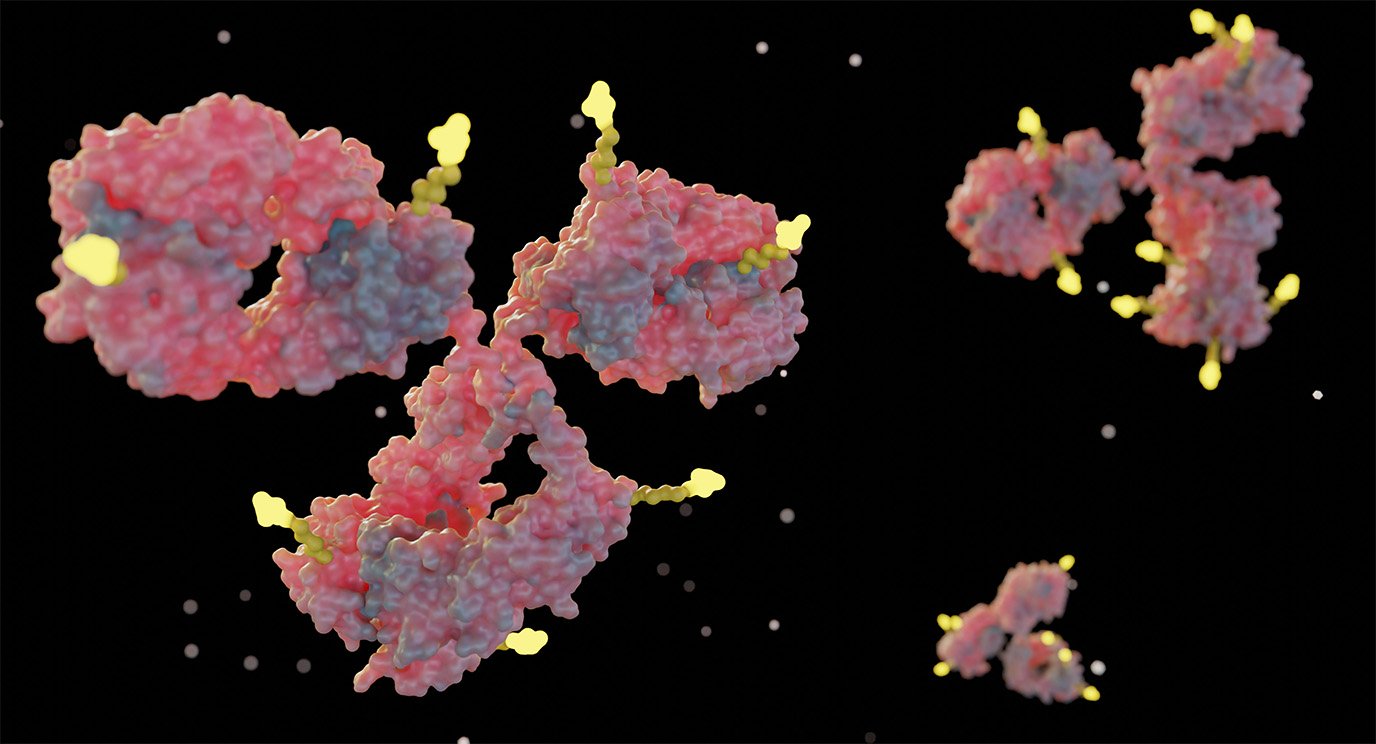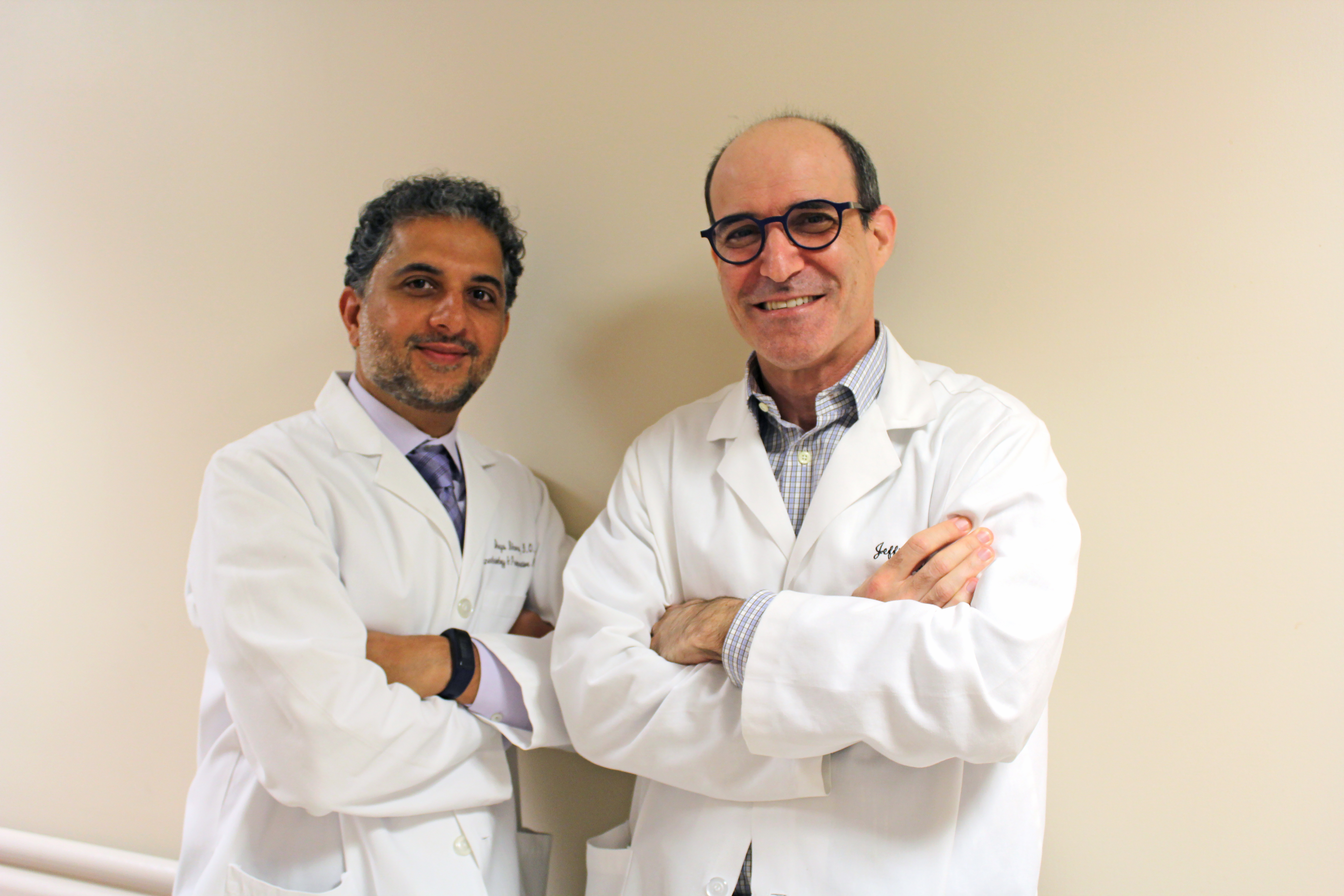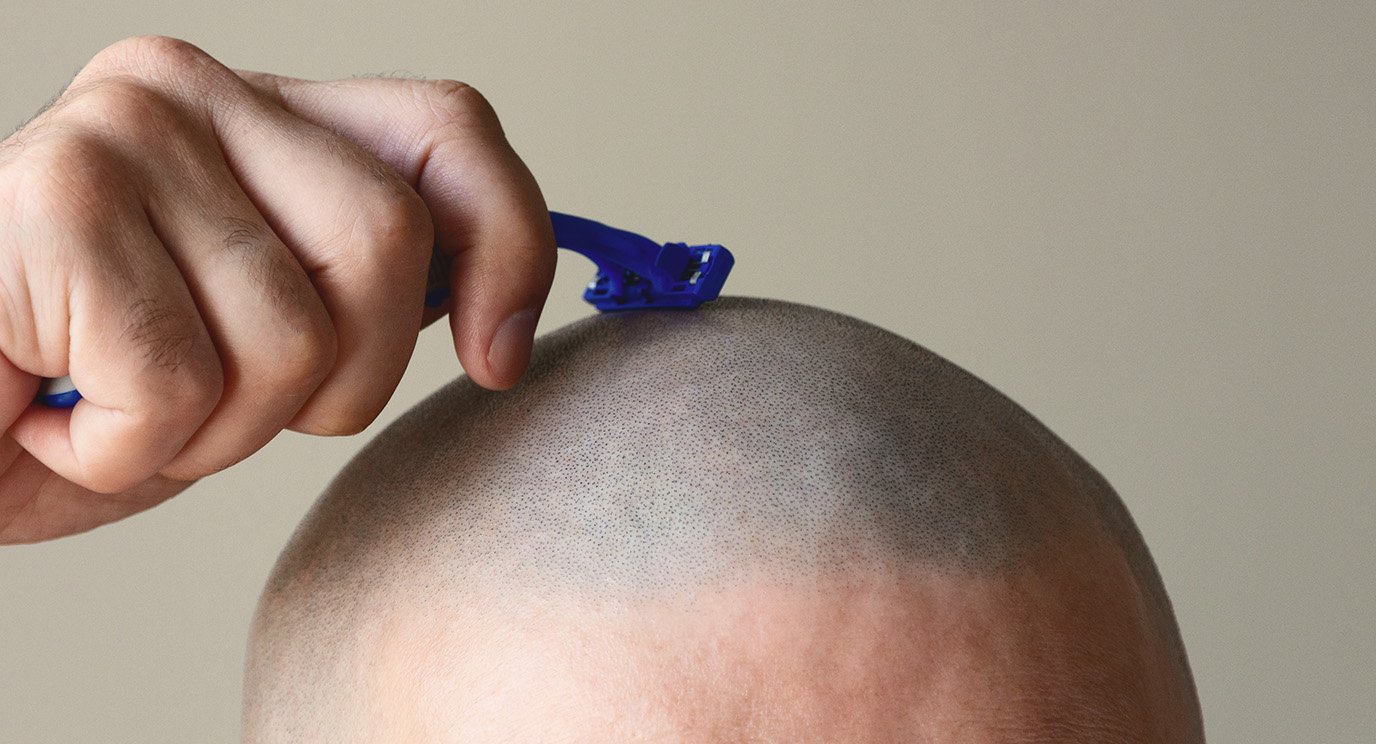- Diseases
- Acoustic Neuroma (14)
- Adrenal Gland Tumor (24)
- Anal Cancer (66)
- Anemia (2)
- Appendix Cancer (16)
- Bile Duct Cancer (26)
- Bladder Cancer (68)
- Brain Metastases (28)
- Brain Tumor (230)
- Breast Cancer (718)
- Breast Implant-Associated Anaplastic Large Cell Lymphoma (2)
- Cancer of Unknown Primary (4)
- Carcinoid Tumor (8)
- Cervical Cancer (154)
- Colon Cancer (164)
- Colorectal Cancer (110)
- Endocrine Tumor (4)
- Esophageal Cancer (42)
- Eye Cancer (36)
- Fallopian Tube Cancer (6)
- Germ Cell Tumor (4)
- Gestational Trophoblastic Disease (2)
- Head and Neck Cancer (6)
- Kidney Cancer (124)
- Leukemia (344)
- Liver Cancer (50)
- Lung Cancer (288)
- Lymphoma (284)
- Mesothelioma (14)
- Metastasis (30)
- Multiple Myeloma (98)
- Myelodysplastic Syndrome (60)
- Myeloproliferative Neoplasm (4)
- Neuroendocrine Tumors (16)
- Oral Cancer (100)
- Ovarian Cancer (170)
- Pancreatic Cancer (164)
- Parathyroid Disease (2)
- Penile Cancer (14)
- Pituitary Tumor (6)
- Prostate Cancer (144)
- Rectal Cancer (58)
- Renal Medullary Carcinoma (6)
- Salivary Gland Cancer (14)
- Sarcoma (236)
- Skin Cancer (296)
- Skull Base Tumors (56)
- Spinal Tumor (12)
- Stomach Cancer (60)
- Testicular Cancer (28)
- Throat Cancer (90)
- Thymoma (6)
- Thyroid Cancer (98)
- Tonsil Cancer (30)
- Uterine Cancer (78)
- Vaginal Cancer (14)
- Vulvar Cancer (18)
- Cancer Topic
- Adolescent and Young Adult Cancer Issues (20)
- Advance Care Planning (10)
- Biostatistics (2)
- Blood Donation (18)
- Bone Health (8)
- COVID-19 (362)
- Cancer Recurrence (120)
- Childhood Cancer Issues (120)
- Clinical Trials (628)
- Complementary Integrative Medicine (24)
- Cytogenetics (2)
- DNA Methylation (4)
- Diagnosis (230)
- Epigenetics (6)
- Fertility (64)
- Follow-up Guidelines (2)
- Health Disparities (14)
- Hereditary Cancer Syndromes (124)
- Immunology (18)
- Li-Fraumeni Syndrome (8)
- Mental Health (118)
- Molecular Diagnostics (8)
- Pain Management (62)
- Palliative Care (8)
- Pathology (10)
- Physical Therapy (18)
- Pregnancy (18)
- Prevention (898)
- Research (392)
- Second Opinion (74)
- Sexuality (16)
- Side Effects (604)
- Sleep Disorders (10)
- Stem Cell Transplantation Cellular Therapy (216)
- Support (404)
- Survivorship (322)
- Symptoms (184)
- Treatment (1776)
Raising awareness for breast implant-associated anaplastic large cell lymphoma
BY MD Anderson
4 minute read | Published August 19, 2014
Medically Reviewed | Last reviewed by an MD Anderson Cancer Center medical professional on August 19, 2014
Being diagnosed with breast cancer at 33 is unusual enough, but Raylene Hollrah was also diagnosed with an extremely rare type of lymphoma just a few years after her first cancer diagnosis and before her 40th birthday.
Raylene, an outgoing insurance advisor who prefers to be called Ray, is only the 25th person in the U.S. -- and the 61st in the world -- to be diagnosed with breast implant-associated anaplastic large cell lymphoma (ALCL). It's a diagnosis that has changed her life in many ways.
"I always say cancer is like breaking a window," she says. "You've got shattered glass everywhere; you've got to clean up the mess and try to figure out how to fix it."
A breast cancer diagnosis -- and cause for breast implants
The discovery of a lump in her breast during an annual physical in 2007 launched Ray on a roller coaster ride that has tested her strength and spirit. After a negative mammogram and ultrasound, a needle biopsy came back positive for breast cancer.
Even though she had a single lump in just one breast, Ray underwent a double mastectomy in April 2007, followed by a round of chemotherapy.
"It was my choice," she says. "I was 33 with no cancer history whatsoever."
Ray still remembers how she felt when removing the bandages for the first time after the mastectomy.
"I was in the shower and burst into tears," she says. "My husband Jayson told me 'Don't cry. The only thing missing is cancer.'"
Ray underwent genetic testing four months after her mastectomy, only to discover that she carries the BRCA2 gene, which increases her risk for breast cancer and ovarian cancer. In April 2008, she was back in surgery, getting a hysterectomy as a cautionary measure.
After two surgeries, Ray was not emotionally ready for breast reconstruction.
"When cancer enters your life, it's hard to think forward, because all of a sudden, cancer is right in your face," she says. "Death and mortality are right there."
However, life without breasts was hard. Ray couldn't look at herself in the mirror, and she detested the heavy prosthetic breasts that kept her from wearing flattering clothing. She decided to get cohesive silicone breast implants in 2008.
Afterwards, Ray finally felt normal again. She focused on her family and -- together with her daughter, Alyson, and her husband, Jay -- welcomed into her home an adopted son, Ryan, a 14-year-old who was forced into foster care after his mother died of cancer and his stepfather received his own cancer diagnosis.
"I had my little family, my house and picket fence," Ray says. "Life was good."
Ray's breast implant-associated anaplastic large cell lymphoma diagnosis
But in 2013, Ray started experiencing more problems. Her right breast swelled up and quickly doubled in size.
Her plastic surgeon, an expert on ALCL, decided to test Ray for both breast cancer and ALCL -- a decision that may have saved her life.
"If I had a doctor who didn't know about implant associated ALCL, I most likely would have been treated for breast cancer and wouldn't have gotten better," Ray says. "How many other women had gone through the same ordeal?'
With the guidance of her plastic surgeon, Ray began researching ALCL, but it wasn't easy given how rare the disease is. She found that many women with the disease had been misdiagnosed with and treated for breast cancer.
But when she learned that MD Anderson had seen a majority of the ALCL cases in the U.S., she says, "It was a no-brainer. I was going to MD Anderson." Not only had MD Anderson seen the majority of U.S. ALCL patients; MD Anderson's Roberto Miranda, M.D., had authored a study following the long-term treatment and care of 60 ALCL patients worldwide.
At MD Anderson, Ray received ALCL treatment from Mark Clemens, M.D., and Michelle Fanale, M.D., associate professor of Cancer Medicine. Dr. Clemens removed Ray's breast implants, and fortunately, no follow-up chemotherapy was needed.
"I had the best team of doctors. Dr. Clemens and Dr. Fanale and the rest of my team are incredible," Ray says. "I am Raylene Hollrah to them, not a statistic, they truly care about my survival and not only that, they care about future women that might have to go through this."
Raising awareness about breast implant-associated ALCL
Ray is again without breasts, and still struggles with her self-image.
"It still pisses me off when I take my clothes off," she says. "I don't look like a woman anymore. But is it important for me to rise up and help people? Yes! It's my badge of courage."
In January 2011, the Food and Drug Administration issued an official warning about the risk of ALCL associated with breast implants. Since then, Ray has begun a passionate crusade to raise awareness for other women with breast implants.
She started a blog, warning women about the risk of ALCL, rare though it is. She has told her story on television shows and in magazines and held a fun run that raised $11,000 for research.
Ray is quick to say that she's not telling women to get their breast implants removed or trying to change others' minds about getting implants.
"I just want to make sure that women who have late-onset breast swelling get tested for this," she says. "Knowledge is power."

Is it important for me to rise up and help people? Yes! It's my badge of courage.
Raylene Hollrah
Survivor





